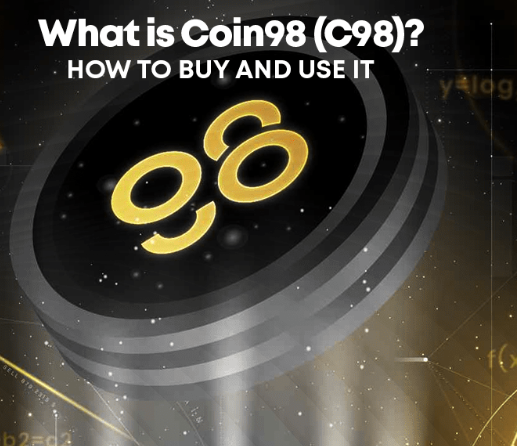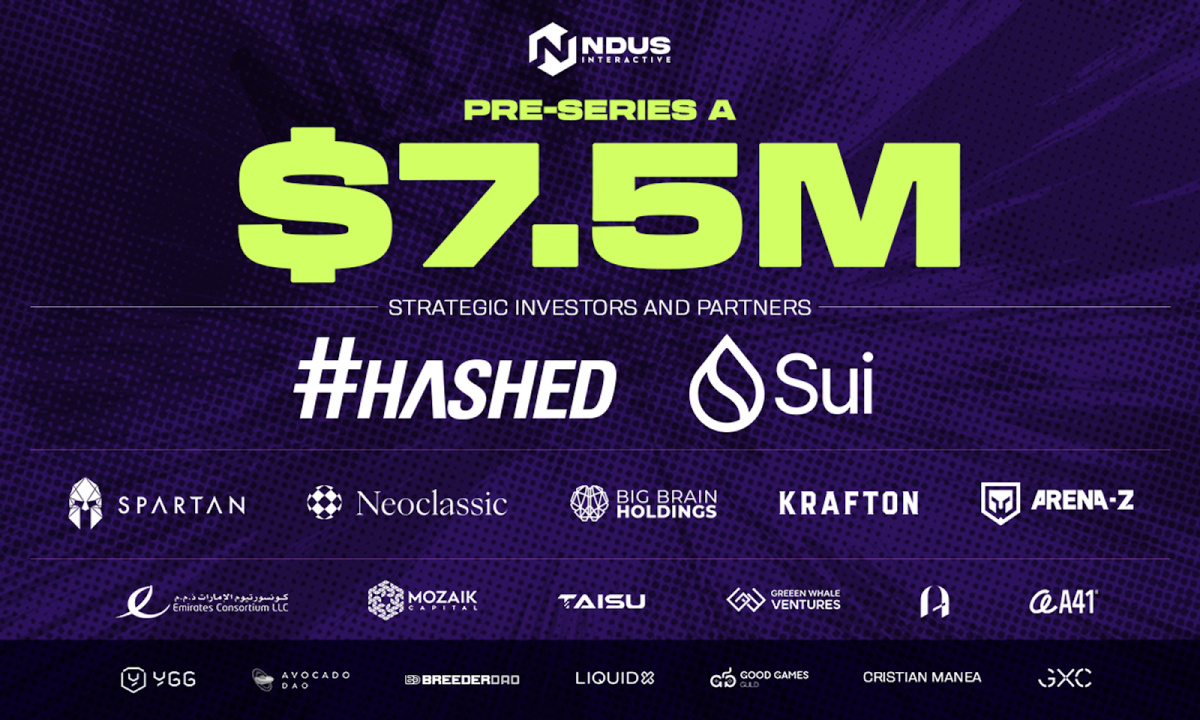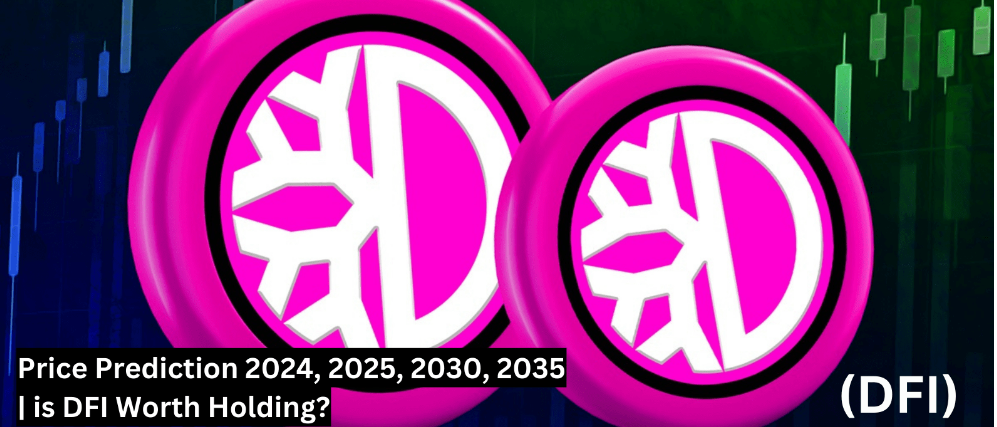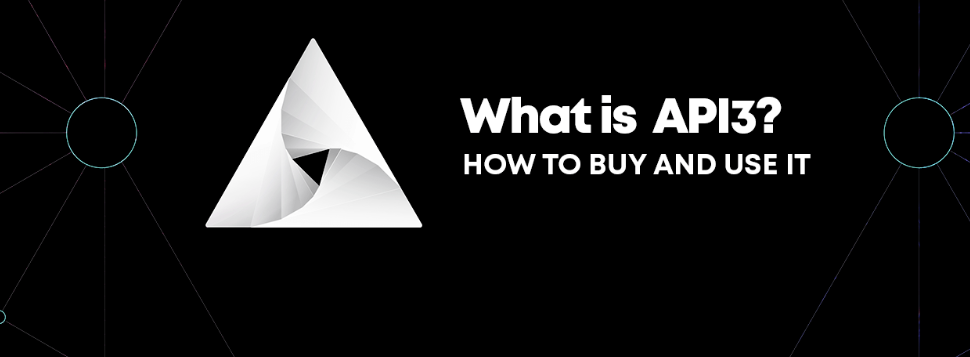Introduction
Cryptocurrencies have gained significant traction globally, revolutionizing various industries and challenging traditional financial systems. In this article, we delve into the world of Graph Protocol (GRT), exploring its potential price predictions for the years ahead and assessing its worth as an investment.
Cryptocurrency Overview
What Is Graph (GRT)?
Graph Protocol, often abbreviated as GRT, is an indexing protocol designed for querying data from networks like Ethereum and IPFS. It serves as a critical infrastructure for numerous applications within both the decentralized finance (DeFi) sector and the broader Web3 ecosystem. The protocol enables developers to build and publish open APIs, known as subgraphs, facilitating efficient data retrieval using GraphQL.
As of now, over 3,000 subgraphs have been deployed by thousands of developers, powering applications such as Uniswap, Synthetix, AAVE, and many others. The Graph has garnered a global community of participants, including Indexer Nodes and Curators, and has received significant backing from leading investors in the blockchain space.
Who Are The Founders Of Graph?
The Graph was founded by a team of experienced professionals from renowned organizations such as the Ethereum Foundation, OpenZeppelin, and Decentraland. The initial co-founding team consists of Yaniv Tal (project lead), Brandon Ramirez (research lead), and Jannis Pohlmann (tech lead), all of whom bring substantial engineering expertise to the project.
Tal and Ramirez, in particular, have a background in electrical engineering and extensive experience in API development, having previously worked together at MuleSoft, a company that underwent a successful IPO and acquisition by Salesforce.
What Makes Graph Token Unique?
Graph Token (GRT) serves as the native cryptocurrency of the Graph Protocol, essential for ensuring the economic security of the network and the integrity of queried data. It functions as a work token, with participants such as Indexers, Curators, and Delegators staking GRT to provide indexing and curating services to the network.
Active participants in the network can earn rewards proportional to their contributions and GRT stake, with Indexers receiving indexing rewards and query fees, Curators earning a share of query fees, and Delegators receiving a portion of their delegated Indexer’s income.
How Many Graph (GRT) Coins Are There in Circulation?
The total supply of GRT at the mainnet launch is set at 10 billion tokens, with an initial circulating supply of approximately 1,245,666,867 GRT. New token issuance, primarily in the form of indexing rewards, will begin at 3% annually and is subject to governance by The Graph Council.
How Is the Graph Network Secured?
The Graph has established an open data layer on top of blockchains, allowing Indexers to run their Ethereum archive nodes or utilize node operators such as Infura or Alchemy. This decentralized approach ensures the integrity and security of data queried from the network, making it resistant to censorship and single points of failure.
Where Can You Buy Graph Coins (GRT)?
Graph (GRT) can be purchased on various cryptocurrency exchanges, including Binance, OKEx, Huobi Global, and others. It is tradable against fiat currencies, cryptocurrencies like Bitcoin and Ethereum, and stablecoins such as Tether (USDT).
Price Predictions by Year
| Year | Maximum Price | Average Price | Minimum Price |
|---|---|---|---|
| 2024 | $1 | $0.9 | $0.7 |
| 2025 | $4 | $3.5 | $3 |
| 2030 | $8 | $7 | $6 |
| 2035 | $14 | $10 | $9 |
Read more: https://cryptoboom.com/tribe-tribe-price-prediction-2024-2025-2030-2035-2040-is-tribe-worth-holding/
Detailed Yearly Predictions
2024:
In 2024, Graph Protocol is anticipated to maintain steady growth, with a maximum price reaching $1. Factors influencing this growth include continued adoption of decentralized applications (DApps) utilizing The Graph’s indexing capabilities, technological advancements enhancing network efficiency, and sustained investor interest in the Web3 ecosystem.
2025:
By 2025, Graph’s price is projected to experience significant appreciation, potentially reaching a maximum of $4. This growth is fueled by an expanding array of DApps integrating with The Graph, growing demand for decentralized data querying solutions, and strategic partnerships amplifying the protocol’s utility and visibility.
2030:
In 2030, Graph’s price is expected to stabilize within a higher range, peaking at $8. Factors contributing to this stabilization include widespread adoption of The Graph as a fundamental infrastructure layer for Web3, robust network scalability improvements, and increasing recognition of its role in powering the decentralized internet of the future.
2035:
By 2035, Graph’s price could soar to new heights, potentially reaching a maximum of $14. This growth trajectory is driven by the protocol’s entrenched position as a core component of the decentralized internet, ongoing innovation and development, regulatory clarity fostering mainstream adoption, and a maturing global cryptocurrency market.
Buying Guide
Purchasing Graph Token involves several steps:
- Choosing an Exchange: Select a reputable cryptocurrency exchange that supports Graph (GRT) trading pairs, such as Binance, Bithumb, or Balancer.
- Setting Up an Account: Create an account on your chosen exchange, providing necessary personal information and completing any required verification procedures.
- Selecting Payment Methods: Link a preferred payment method to your exchange account, such as bank transfers, credit cards, or digital payment platforms like PayPal.
- Buying Graph: Once your account is set up and funded, navigate to the trading section and place an order to buy Graph tokens using your desired currency pair.
- Storing Graph Securely: After purchasing Graph, consider transferring your tokens to a secure cryptocurrency wallet, such as a hardware wallet, to ensure maximum security for your holdings.
How Can Crypto Investors Use Graph (Dione Protocol)?
Investors can leverage Graph Protocol (Dione Protocol) in various ways:
- Buy and Hold: Hold Graph tokens as a long-term investment strategy, anticipating price appreciation over time as the protocol’s adoption and utility grow.
- Trade: Engage in active trading of Graph tokens on cryptocurrency exchanges, taking advantage of price fluctuations to generate short-term profits.
- Use The Platform: Participate in The Graph’s ecosystem by using its platform to perform tasks and earn Graph tokens as rewards, contributing to the network’s growth and earning potential additional income.
Frequently Asked Questions
- Does Graph have a future? Yes, Graph Protocol’s innovative indexing infrastructure positions it as a crucial component of the decentralized internet, with significant growth potential in the years ahead.
- Will Graph (Dione Protocol) reach $15? While specific price predictions are speculative, reaching $15 is conceivable given Graph’s pivotal role in Web3 and potential widespread adoption.
- Is Graph secure? Yes, Graph Protocol prioritizes security and decentralization, employing robust cryptographic protocols and a distributed network architecture to safeguard user data and transactions.
Conclusion
In conclusion, Graph (GRT) presents a promising investment opportunity within the burgeoning landscape of decentralized technologies. With its innovative indexing infrastructure, strong development team, and growing ecosystem, Graph has the potential to reshape how data is queried and accessed in the decentralized internet of the future. However













